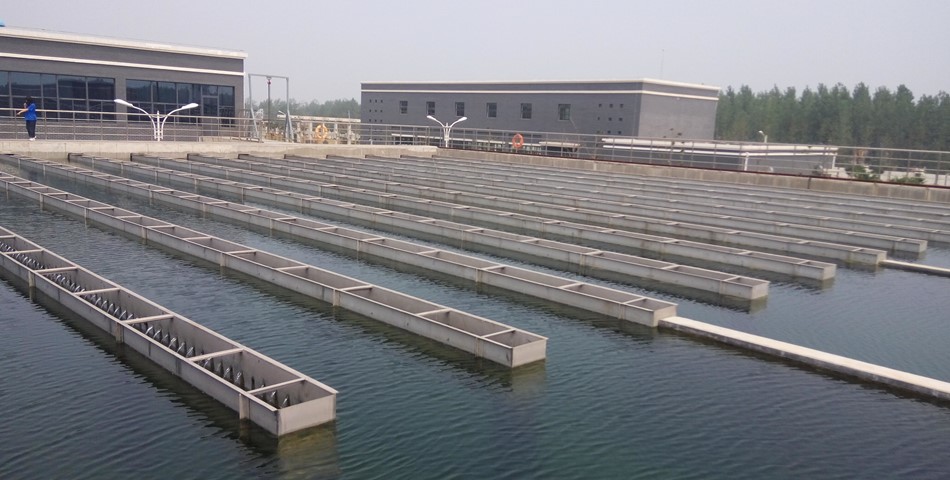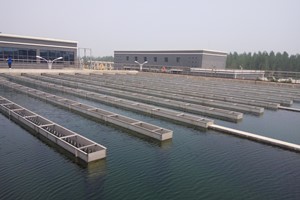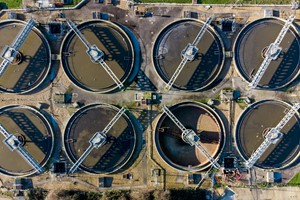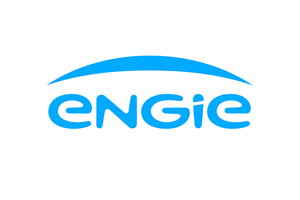The standard operation in water and wastewater treatment has always been the addition of water treatment chemicals. The concentration of chemicals was usually kept to the minimum necessary to achieve a good quality of potable or otherwise treated water.
While people are becoming more concerned with chemicals in the water there has been a few trends on the rise that are deemed to be less harmful than chemicals. Water treatment technologies are now using novel physical treatment methods. Membranes largely replaced granular filtration, and UV is paving the way towards minimization or elimination of the use of classic disinfection chemicals, such as chlorine and its derivatives.
Another trend in the market is technological advances in water purification such as the use of nanotechnology, which is a complicated yet less harmful method than the use of chemicals. When compared with conventional systems, nanofilters are more efficient and need less pressure to pass water across the filter. Cleaning these filters is also easier as it includes absorption and membrane processes.
One would think that with the high-tech revolution in water treatment technologies, the use of chemicals would be reduced but it has, in fact, been significantly increased. The Global Water Treatment Chemicals Industry valued approximately USD39.70 billion in 2016 in the U.S. is anticipated to grow at a CAGR of 7 percent during the period 2019-2022 worldwide as reported in PR Newswire.


According to Market Journal, some of the major factor driving the growth is the increasing usage of water treatment chemicals in various industries to satisfy the escalating demand for chemically treated quality water at a reduced price. The other factors affecting the growth of the industry are increasing GDP, awareness about reuse of wastewater, global population, upgrading of economic conditions and rising number of new oil and gas sector discoveries. However, one of the biggest challenges in the market are the impact of untreated wastewater and problem of sludge disposal. Wastewater treatment is the process of purification of water for reuse, but most plants are not equipped to deal with what happens next. This is leading to the discharge from wastewater treatment plants being disposed into surface water such as rivers or seas.
For many years, the global chemicals industry has been dealing with declining margins, product commoditization, rapidly expanding competition in developing countries, and customers demanding more at lower prices. This year, some chemicals companies have started to rethink their growth strategies stimulated by rapid technology advances, which are shaping customer purchases and needs. These companies are finally moving toward more coherent and aggressive business models, and away from cost-cutting and cutbacks.
The conventional chemicals used for pre-treatment, disinfection, corrosion prevention, softening and algae bloom depression are all still being used while new groups of chemicals such as biocides, chelating agents and fouling cleaners are currently in addition. These chemicals are needed to protect the high-tech equipment, clean the equipment between uses, and improve the treatment.
The health effects of the new chemicals introduced into water are not yet fully recognized. A more efficient treatment needs effective chemicals, but these are not always environmentally friendly. Thus, the damaging effects of the introduction of such a significant amount of treatment chemicals into our sources of water need to be evaluated.
waterHQ Team














